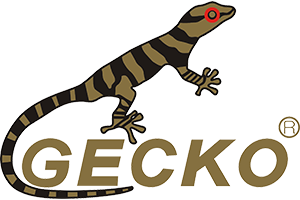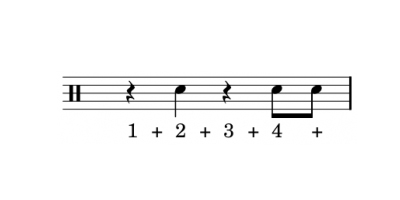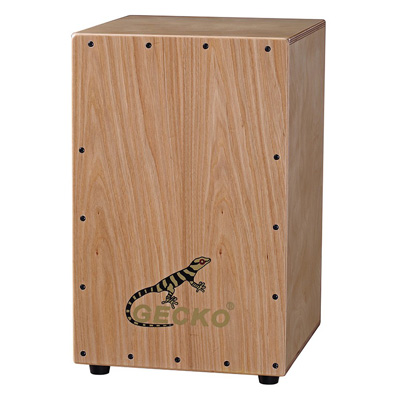how to play cajon?
The Box Cajon is very simple to play.
There are no hard and fast rules, but if you are playing in a band or with other musicians you will want to at least keep in time with the music and punch out a basic beat to start with.
So therefore learning to play the Cajon is very much like learning to play any percussion instrument or a drum kit.
It starts basic and as you become more proficient the complexity of the rhythms you play will expand.
GECKO CAJON, Played with Ukulele by U.F.O Band,cajon drum,
cajon beats
Here are a couple of easy and fun cross rhythms to play on the Cajon. I used these recently with a class of Primary School Year 5′s and 6′s for a performance piece. Two cross rhythms, some fun ways to learn or teach using language, and a video of the students performing.
Key
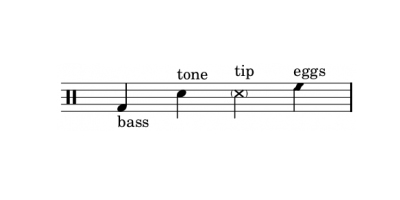
The first rhythm is as follows:
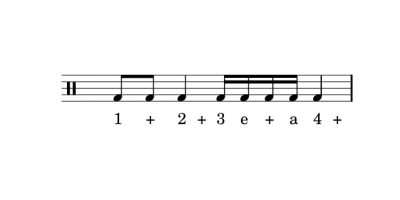
An easy way to learn this is with the chant
“1, 2, 3 Have a cup of tea” as follows:
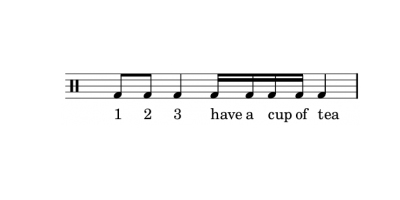
We played this whole rhythm on the bass, but you could mix it up, for example playing “1 2 3″ on the base, and “have a cup of tea” as tones.
A simple cross rhythm is as follows:
If you add in ghost notes, this can be played as follows:
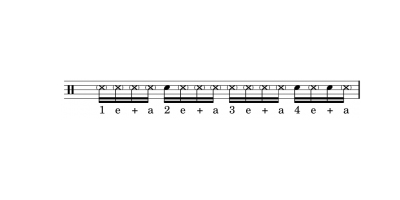
When I worked with these two rhythms with my Year 5s and 6s we used drumsticks for the second pattern rather than Cajon. We also added in a layer with egg shakers which we played on the sides on the Cajon as follows:
best wood for cajon
Maple is known for producing a balanced sound, featuring a bright tone.
If you are looking for a all purpose Cajon, we think you should start with maple.
A good maple Cajon to start with is the Ecolab Vintage Cajon with a Maple wood frontplate, and a Oak body
Based on research [4], Maple is also well known as a sound radiator and has sufficiently high characteristic impedance to act as a reflector for air oscillations in the hollow body.
In non-geek terms, this means that Maple can produce and amplify distinct tones.
Post time: Aug-22-2018
